Photography terminology can be confusing and even intimidating to newcomers. If you’ve ever wondered what the difference between black and white and grayscale was, here’s a quick rundown.
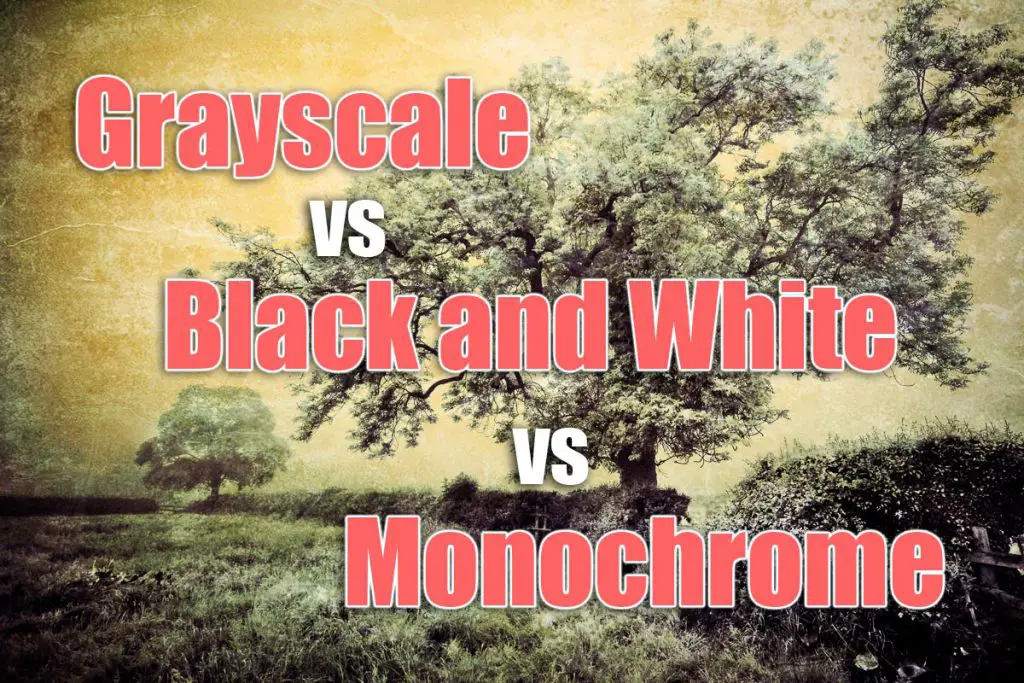
Grayscale vs Black and White
In the strictest sense, black and white refers to any image made up of only the two colors. Every dot or pixel that makes up the photo is either entirely black or entirely white.
Grayscale refers to an image that is made up of a continuous range of tones between black and white, with each dot or pixel being a shade of gray.
You might have already guessed that the technical definition isn’t that useful. After all, even a print made from a film photo that is usually called black and white is really made up of a range of tones.
Another way to define the two terms is by looking at how the images are made. Black and white can most generally refer to a photo not taken in color, while grayscale refers to a color image that was converted.
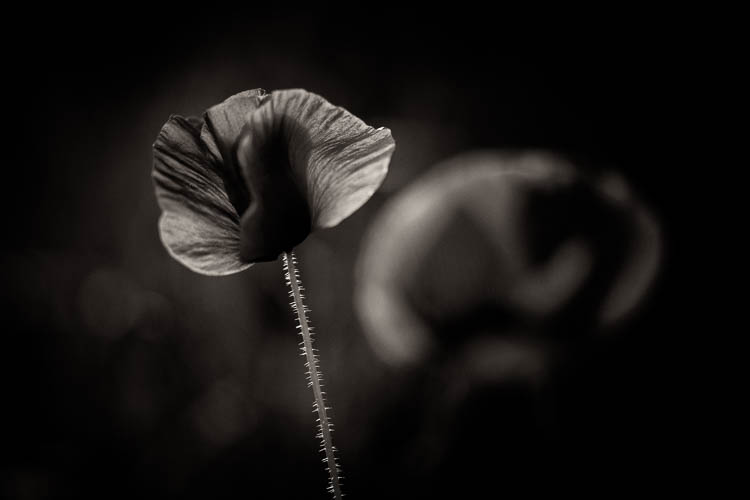
Grayscale vs Monochrome
You might have heard someone refer to a photo as monochrome. That simply means it’s created using various shades of a single color, but crucially that single color does not have to be black or white.
Comparing monochrome vs grayscale, grayscale is simply a type of monochrome as is sepia toning, which was a form of early photographic printing.
Any photo that is only one color is technically a monochrome image, meaning that monochromes can be quite colorful.
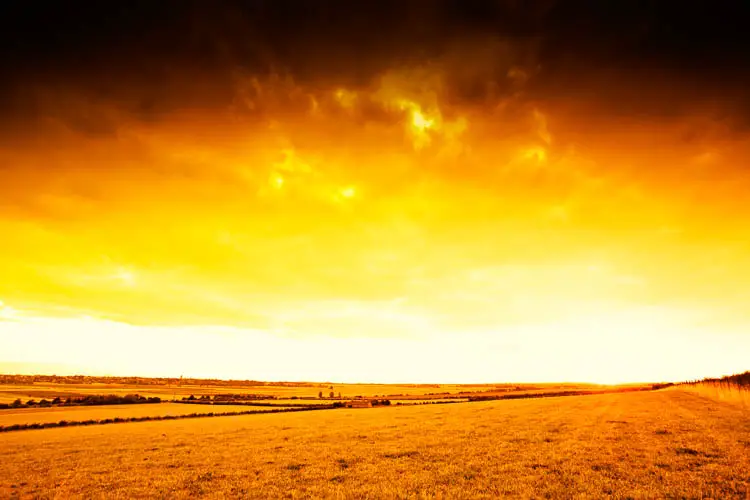
Monochrome vs Black and White
Black and white photos, likewise are really monochrome, being made up of a range of gray tones. But monochrome can refer to more.
Sepia photos are a kind of monochrome, and you could use any color you wanted for aesthetic reasons. An image that only used shades of yellow would be just as monochrome as a black and white one.
Another reason for some monochrome images is cost. Cyanotypes were a cheaper way to reproduce images and produce a monochrome blue image.
While mostly used to copy documents and create blueprints, cyanotypes have also been used as an alternative photography process.
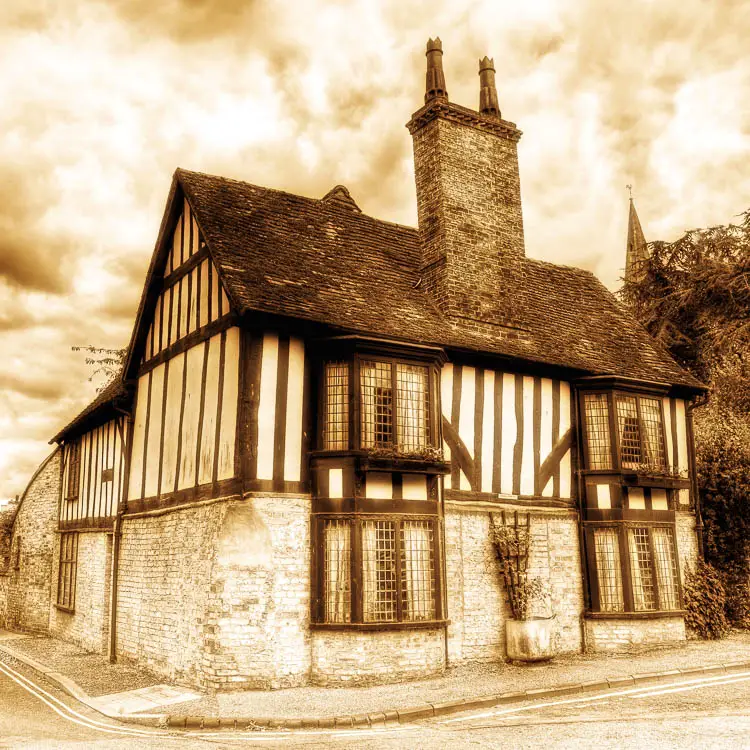
Creating a Black and White Image
The most straightforward way to create a black and white photo is to do the same thing photographers have been doing since the earliest days: Use black and white film.
Even though 35mm black and white film was first created more than a century ago, it’s still readily available, and processing is inexpensive. Just load a camera and you’re ready.
If you don’t have a film camera, or you’re looking for something more immediate, almost every digital camera, from the cheapest smartphone to high-end mirrorless, interchangeable lens cameras, can be set to capture in black and white.
Why Shoot Black and White?
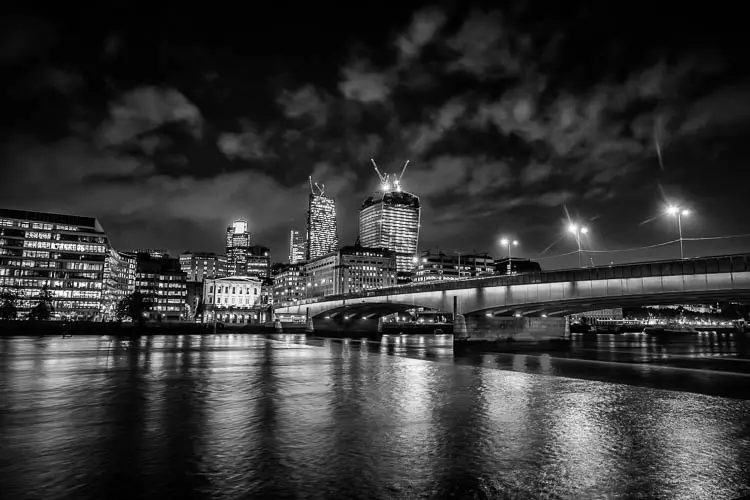
Many of the most famous names in the history of photography shot mostly or entirely black and white photos. There are a few reasons why.
- Technology: Some photographers, especially the pioneers of the art like Mathew Brady, worked before color photography was widely available. Brady is famous for his sometimes graphic photos of the U.S. Civil War in the 1860s, showing famous figures and the aftermath of bloody battles.
- Ease: Another reason many worked in black and white was that development was relatively simple and could be done by the photographer, while color film requires more processing and is more difficult. This is still true today — developing black and white film at home is not hard.
- Familiarity: Other photographers had the option to work in color but mostly chose not to. Henri Cartier-Bresson, one of the earliest photojournalists who is famous for his street photography and his ability to capture what he called the decisive moment, started working in black and white and never was comfortable with color photography.
- Artistry: Ansel Adams, who is famous for his dramatic black and white landscape photos of the American West, chose black and white for artistic reasons. While he shot color photographs, he believed he could capture color just as well or even better with the graduated tones of his black and white work.
Creating a Grayscale Image
There’s a wide range of options to turn a photo taken in color into a grayscale image, with one of the easiest being available in some cameras. Most interchangeable lens cameras, along with many compact cameras and even phones, have a conversion option.
You can either just have the camera throw away all the color information or use color filters to do the conversion.
Every photo editing program and app, from Instagram to Lightroom to Photoshop, has a number of ways to turn a color image into a grayscale one, and many even have presets to imitate famous types of film.
Composing a Black and White or Grayscale Image
If you know you want a monochrome image, whether in camera black and white, converted to grayscale or some other monochrome process, remember that one of the major aspects of what you’re used to in photography is going to be gone.
You can’t rely on color to give your image visual appeal, so there are other things to look for.
Textures, patterns and shapes
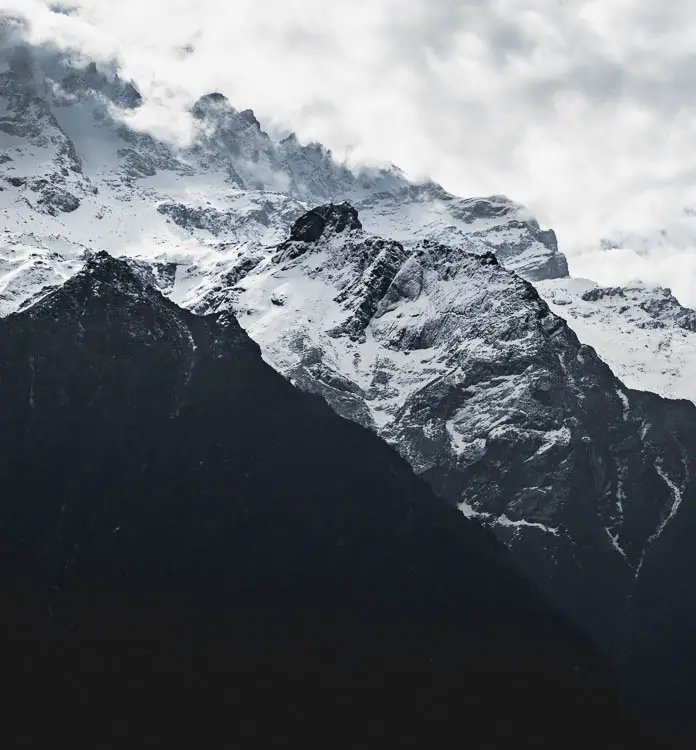
Without color information in the final image, the eye naturally focuses on any kind of pattern. This allows you to use differences in surface texture or pattern to dramatic effect.
For examples, think about the craggy, broken-up shape of a hill, mountain or rock formation against a clear sky or the shape of long grass or tall crops in front of a building or the sky. Removing color allows the eye to pick out the other contrasting elements, from smooth to rough surfaces and irregular shapes against a solid background.
Lighting

Images with bright whites and dark blacks, using dramatic lighting feel bold, while ones with lower contrast can feel more sedate. To maximize impact, try positioning your subject so the light is coming from one side of the image. This makes one side of the image lighter, offering contrast and direction.
Lines
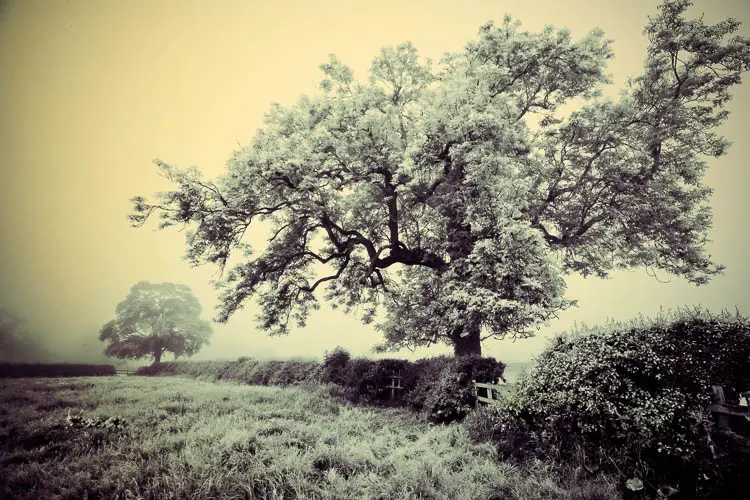
In addition to basic rules like the rule of thirds — place your subject to one side rather than directly in the middle of the frame — you can use elements of your photo to highlight your subject. This is especially helpful when there’s no color.
Put your subject at the point where two lines converge and the eye is drawn right to it.
FAQs
Is Grayscale the Same as Black and White?
Grayscale is not the same as black and white as grayscale images are made up of the continuous tones between black and white, while black and white images are only made up of those two tones.
Is Black and White Monochrome?
Monochrome images are made of a range of tones of a single color, meaning that black and white images are monochrome, but monochrome images are not all black and white – some can be very colorful but remain monochrome images as long as they only use one color.
Read More:
Pattern in photography: definition and examples
AI Focus vs AI Servo: autofocus comparison
Quotes about black and white photos
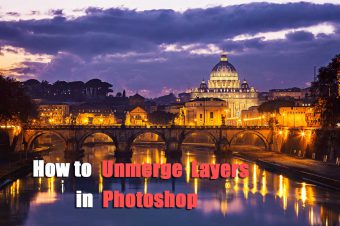
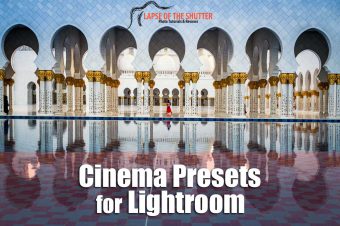
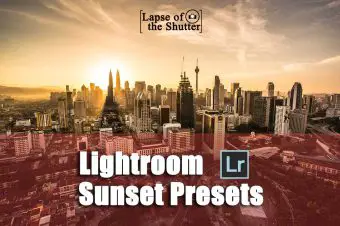


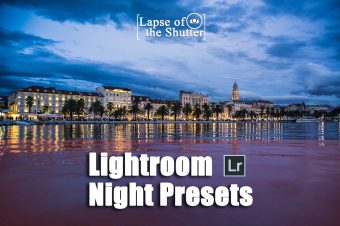
Leave a Reply